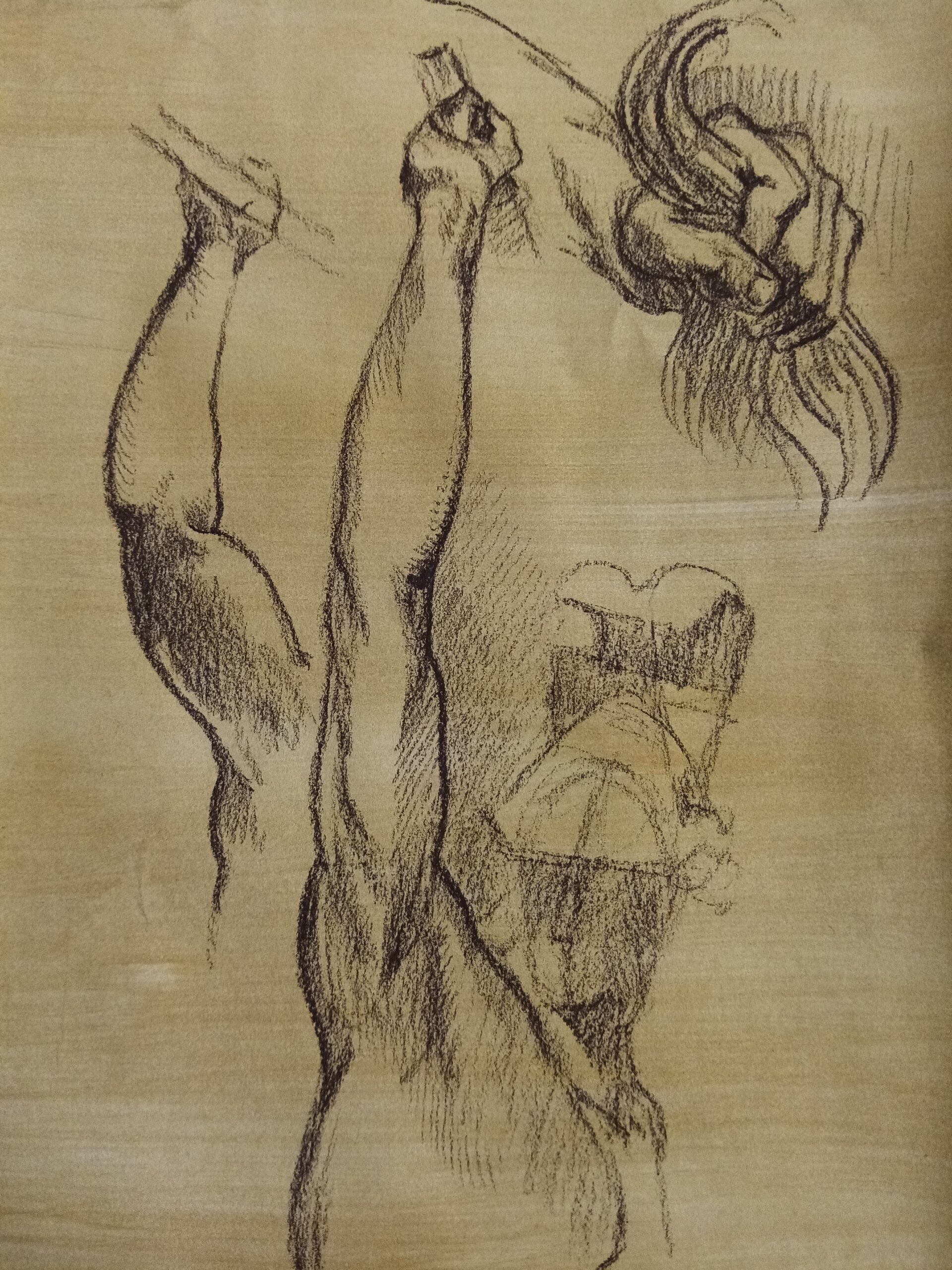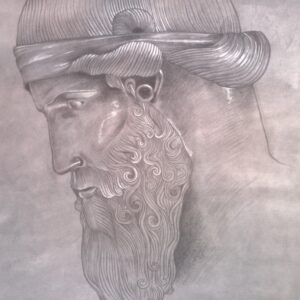The Renaissance period, spanning from the 14th to the 17th century, is often regarded as the golden age of art. It was a time when artists like Leonardo da Vinci, Michelangelo, and Albrecht Dürer revolutionized the way we perceive and create art. At the heart of this artistic revolution were the drawing fundamentals that laid the foundation for centuries of artistic practice. Even today, these principles remain essential for anyone looking to master the art of drawing.
In this blog, i will explore the key Renaissance drawing fundamentals that continue to inspire and guide artists worldwide.
1. The Importance of Observation
Renaissance artists were masters of observation. They studied the natural world meticulously, from the human anatomy to the play of light and shadow. Leonardo da Vinci, for instance, filled countless notebooks with sketches of muscles, bones, and facial expressions, all in pursuit of understanding how to depict the human form accurately.
Takeaway for Modern Artists:
Train your eye to see the world as it truly is. Spend time observing the details—textures, proportions, and relationships between objects. Sketch from life whenever possible, as this practice will sharpen your ability to translate what you see onto paper.
2. Mastery of Line and Contour
Renaissance drawings often emphasize clean, confident lines that define the form of the subject. Artists used contour lines to outline shapes and suggest volume, creating a sense of three-dimensionality on a two-dimensional surface.
Takeaway for Modern Artists:
Practice contour drawing to improve your line work. Focus on the edges of your subject and try to capture its essence with a single, fluid line. This exercise will help you develop precision and confidence in your strokes.
3. Understanding Anatomy and Proportion
The Renaissance was a period of intense study of human anatomy. Artists dissected cadavers to understand the underlying structure of the body, which allowed them to depict figures with remarkable accuracy and dynamism. Proportions were also carefully calculated, often based on mathematical principles.
Takeaway for Modern Artists:
Study anatomy to improve your figure drawing. Learn the proportions of the human body and practice sketching different poses. Understanding the skeleton and musculature will give your drawings a sense of realism and movement.
4. The Role of Light and Shadow (Chiaroscuro)
Chiaroscuro, the interplay of light and dark, was a hallmark of Renaissance art. Artists used this technique to create depth, volume, and drama in their drawings. By carefully observing how light falls on objects, they were able to render forms with a striking sense of realism.
Takeaway for Modern Artists:
Experiment with light and shadow in your drawings. Use hatching, cross-hatching, or shading techniques to create contrast and depth. Pay attention to the direction of light and how it affects the appearance of your subject.
5. Perspective and Spatial Depth
The invention of linear perspective during the Renaissance transformed the way artists depicted space. Pioneers like Filippo Brunelleschi and Leon Battista Alberti developed mathematical systems to create the illusion of depth on a flat surface. This allowed artists to draw scenes that appeared three-dimensional and lifelike.
Takeaway for Modern Artists:
Learn the basics of linear perspective to add depth to your drawings. Practice drawing simple geometric shapes in one-point, two-point, and three-point perspective. This will help you create more realistic and immersive compositions.
6. The Value of Patience and Practice
Renaissance artists were dedicated to their craft, often spending years perfecting their skills. They understood that mastery required patience, discipline, and countless hours of practice. Their drawings were not just finished works but also studies and experiments that contributed to their growth as artists.
Takeaway for Modern Artists:
Embrace the process of learning. Don’t be afraid to make mistakes or produce imperfect drawings. Every sketch is a step toward improvement. Dedicate time to regular practice and treat each drawing as an opportunity to grow.
7. The Integration of Art and Science
Renaissance artists saw no separation between art and science. They applied principles of geometry, optics, and anatomy to their work, creating a harmonious blend of creativity and technical precision. This interdisciplinary approach allowed them to push the boundaries of what was possible in art.
Takeaway for Modern Artists:
Expand your knowledge beyond traditional art techniques. Explore subjects like geometry, physics, and anatomy to deepen your understanding of the world and enhance your artistic practice.
Conclusion: Drawing Lessons from the Master
The Renaissance was a period of unparalleled artistic achievement, and its drawing fundamentals remain as relevant today as they were centuries ago. By studying the techniques and philosophies of Renaissance masters, modern artists can gain valuable insights into the art of drawing.
Whether you’re a beginner or an experienced artist, incorporating these timeless principles into your practice can help you develop a stronger foundation and a deeper appreciation for the craft. So, pick up your pencil, observe the world around you, and let the spirit of the Renaissance guide your hand.
Final Thought:
The Renaissance reminds us that art is not just about creating beautiful images—it’s about understanding the world, honing your skills, and expressing your unique vision. As you explore these fundamentals, remember that every line you draw is a connection to a rich artistic legacy that continues to inspire generations.




